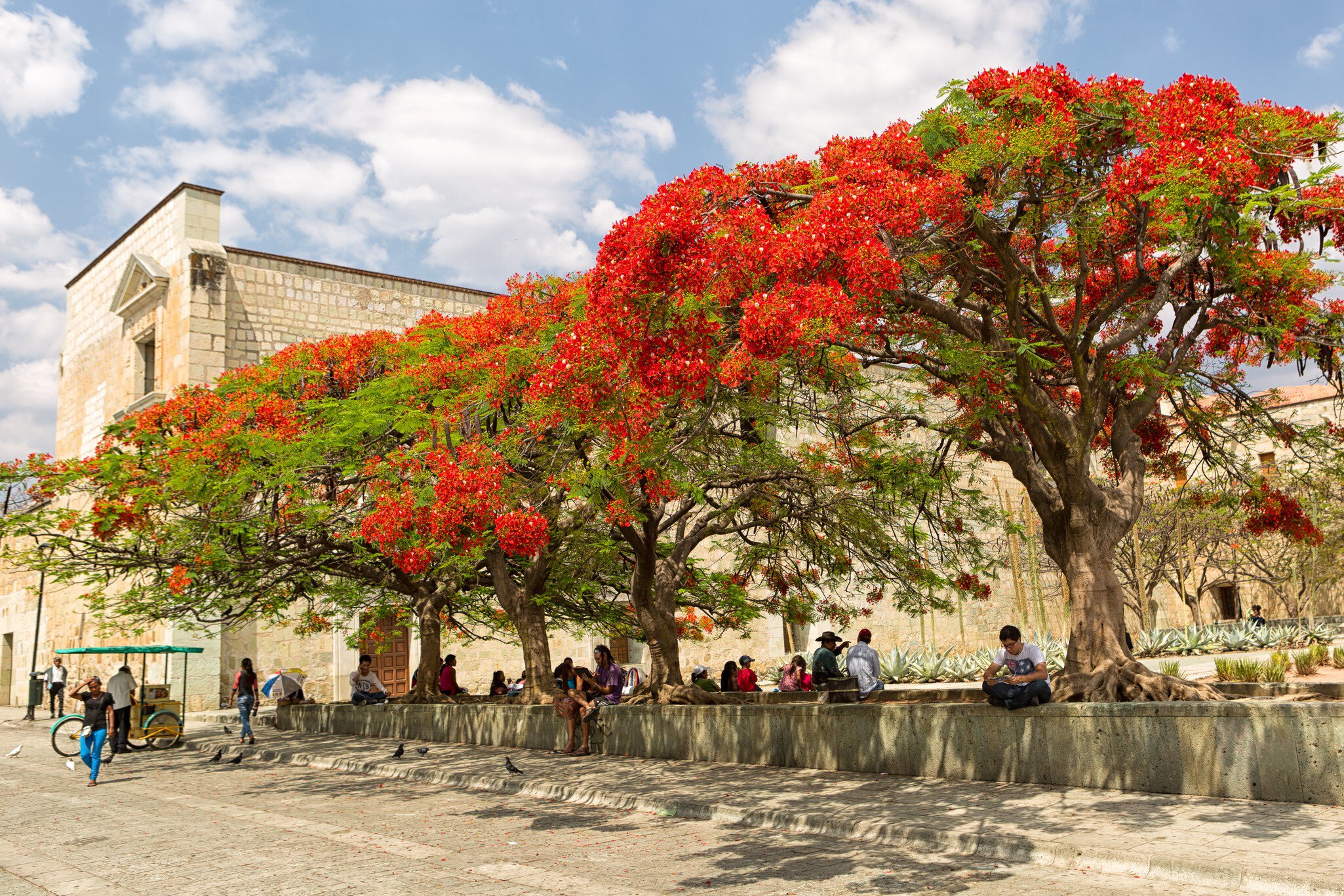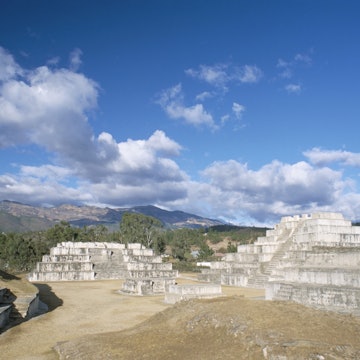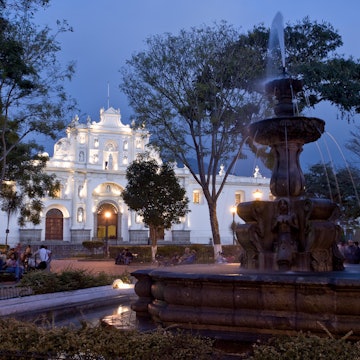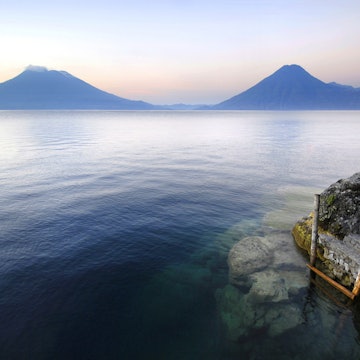

© Matteo Colombo/Getty Images
Overview
From vast jungles and lakes and beaches to nightlife filled with adventure and delightful cuisines, Guatemala is a traveler’s dream destination. Each city in this patchwork country still retains a distinct, unique flair. For those diving into Guatemala travel, the natural wonders alone will leave you overwhelmed with options. The crown jewel of the trip for many is Tikal, a lost Maya city whose mysteries even today are still being explored. Whether you’re seeking Guatemala travel inspiration for your next getaway or starting your Guatemala planning, we’ve got you covered. Discover top attractions, the best beaches, when to visit, and expert advice to help you make the most of your adventure.
Lonely Planet's Recommended eSIM
Stay connected in Guatemala
Saily is an affordable eSIM service that helps you stay connected and secure, anywhere in the world.
Must-see attractions
Planning Tools
Expert guidance to help you plan your trip
Best Things to Do
Guatemala is a dream destination for adventurers and a great place for cultural immersion. Here are the top things to do.
Read full article
Best Places to Visit
From volcanoes and jungle ruins to historic cities and Maya culture, don't miss these top places in Guatemala.
Read full article
Best Time to Visit
The rainy and dry seasons set the schedule for visitors to Guatemala, but you can enjoy a trip here at any time of year. Here are the top times to come.
Read full article
Things to Know
As you plan your next trip to Guatemala, keep in mind these key tips on planning, etiquette and safety to make your journey truly memorable.
Read full article
Transportation
To take in Guatemala’s pyramids, ruins, jungles, volcanoes and thriving Mayan culture, you’ll need to take to the road. Here’s how to get around.
Read full article
Visa Requirements
Guatemala is becoming ever more popular with travelers and with good reason. Here's everything you need to know about visas before you go.
Read full article
Money and Costs
Guatemala may be an inexpensive country to visit but that doesn't mean there aren't lots of ways to stretch your budget further. Here's how to do it!
Read full article
Traveling with Kids
Guatemala welcomes teeny travelers with open arms and warm smiles, but there are some challenges when visiting with kids. Here's how to handle them.
Read full article
Best Road Trips
Explore the wild and beautiful landscape of Guatemala in places a bus can't get to. These are our favorite 6 road trips in this Central American gem.
Read full article
Get a book. Get inspired. Get exploring.
in partnership with getyourguide















